In Common Exhibition
Well we have finally made it. The work has gone through some dramatic shifts – like transforming from 3D photo sculptures, to our custom 2D photographic representations that show each item as it was originally designed, free from obstructions and centre stage! The show looks amazing, and here is a little sneak preview before tomorrows opening. If you are in the Wagga area, you should drop in for a drink to celebrate and take in the many interesting images from throughout our entire region. I bet there are a lot of things you can find ‘In Common’ between the towns, and I also bet there are some buildings that you have never seen before – even if you are a seasoned traveller!! I hope the show has lived up to the Wagga Wagga Art Gallery’s expectations, and most of all, I hope the people who know and love this region get some entertainment from the work.
Installing the Show
Laying out the River – Over 80 metres of sculpted metal
Patrick about 1/4 of the way through installing the River – The final length of the is just under 50 metres
Detail of the River Sculpture
Sorting through the Prints
Detail of the River Sculpture
Starting to get a sense of the scale – The highest point is 5m up the wall
Patrick pinning in the last staple for the River
Shannon using Patricks handcrafted pinning tool to finish off the first block of Prints
Patrick taping out the level for the Prints
First Habits and Habitat Print installed
Detail of River Sculpture and In Common Prints
Detail of River Sculpture and In Common Prints
Pinning in one of the 1308 pins that were used to install In Common
Straightening up a pin – Almost ready for the Opening
In Common
Essay by Dr. Jane Deeth
In Common is the latest delightfully ambitious project from the studio of Patrick and Shannon Ronald. This time they have made hundreds of miniature images creating a photographic survey of places, objects and structures from over 100 towns in the Riverina, from major public buildings to quirky tourist traps usually only glimpsed from a car window. As with everything The Ronalds do, seeing is believing!
Since their first collaboration at art school in 2005, The Ronalds have been experimenting and refining an idiosyncratic approach to photography derived from the intersection of high-tech digital archaeological mapping and low-tech cutting and pasting. This contradictory combination of processes has allowed these highly motivated and inventive artists to create images that are so jammed packed with pixels and information that they are more real than real. The images are simultaneously familiar and extraordinary – specimens to be individually examined and compared, like butterflies displayed under glass. While based on two-dimensional representation, the experience of this work is strangely deeply real and discombobulatingly present.
The shared rural origins of this dynamic pair and their sustained connection to this heritage, have given Patrick and Shannon considerable insight and access to regional communities in a way that transcends parochial perspectives, and expresses pride and respect for this often devalued aspect of Australian life. A desire to bring the experience of regional Australia into the contemporary realm of art and photography has seen these artists travel extensively throughout New South Wales as well as the island state of Tasmania. On these journeys they have marked and monitored the changes that are being wrought on far-flung and fragile communities by a volatile and globalised economy.
The expedition or ‘road trip’ aspect of The Ronalds’ practice recalls the work of the surveyors of bygone days who walked and mapped unknown landscapes in order to inform the outside world of the possibilities that the interior of the continent might offer. In the 1860’s and 70’s Timothy O’Sullivan undertook a photographic survey of the American West for the Geological Exploration of the Fortieth Parallel. His efforts began a long tradition of photographers venturing into remote landscapes. In the 1970’s New Topographic photographers Lewis Baltz and Robert Adams looked at the new suburbia taking over the desert that O’Sullivan first documented 100 years earlier. The Ronalds’ methodoloy also reflects the social documentary photography of Walker Evans who observed and recorded the challenges of the Great Depression across the dust bowl of the USA in the 1930’s. One is also reminded of the work of Bernd and Hilla Becher and Ed Ruscha, whose repetitive series of vernacular architecture and industrial structures were documented in the light of their impending disappearance.
Now in the 21st Century The Ronalds are revisiting the gazetted towns of the late 19th and early 20th centuries. Advances in transportation have made these towns less remote, but many are still on the verge of disappearing as industry centralises and larger regional centres grow. Fire stations and silos are the last things standing that identify that a community once existed.
For In Common Patrick and Shannon travelled the length and breadth of the Riverina – the 60,000 square kilometres that stretch from the Snowy Mountains to the Hay Plains – unearthing places and objects that might throw light onto the life and times, and joys and trials of this complex region. Using their meticulous photographic processes they have isolated these chosen places and objects transforming them into icons for acknowledgment, memory and reflection. The grand and the humble, the obvious and the hidden each gain clarity and nobility that honour the experience and history of those communities. In its totality the 300 or so images create a web of connections that bring the region together into a sympathetic and synergetic whole. Although many of these places are less than one hour from Wagga Wagga, these days there is little reason to visit them. This enigmatic survey provides a reason.
It is hard to describe the sensation of looking at images that are almost more real than real. It does something strange and uncanny to perception and memory. The intensity of these artists and their attention to almost infinite detail that verges on obsession (in a good way) has the power to invite us to look afresh at the amazing world we live in.
To see the collection of images or to add your own please visit www.incommon.com.au

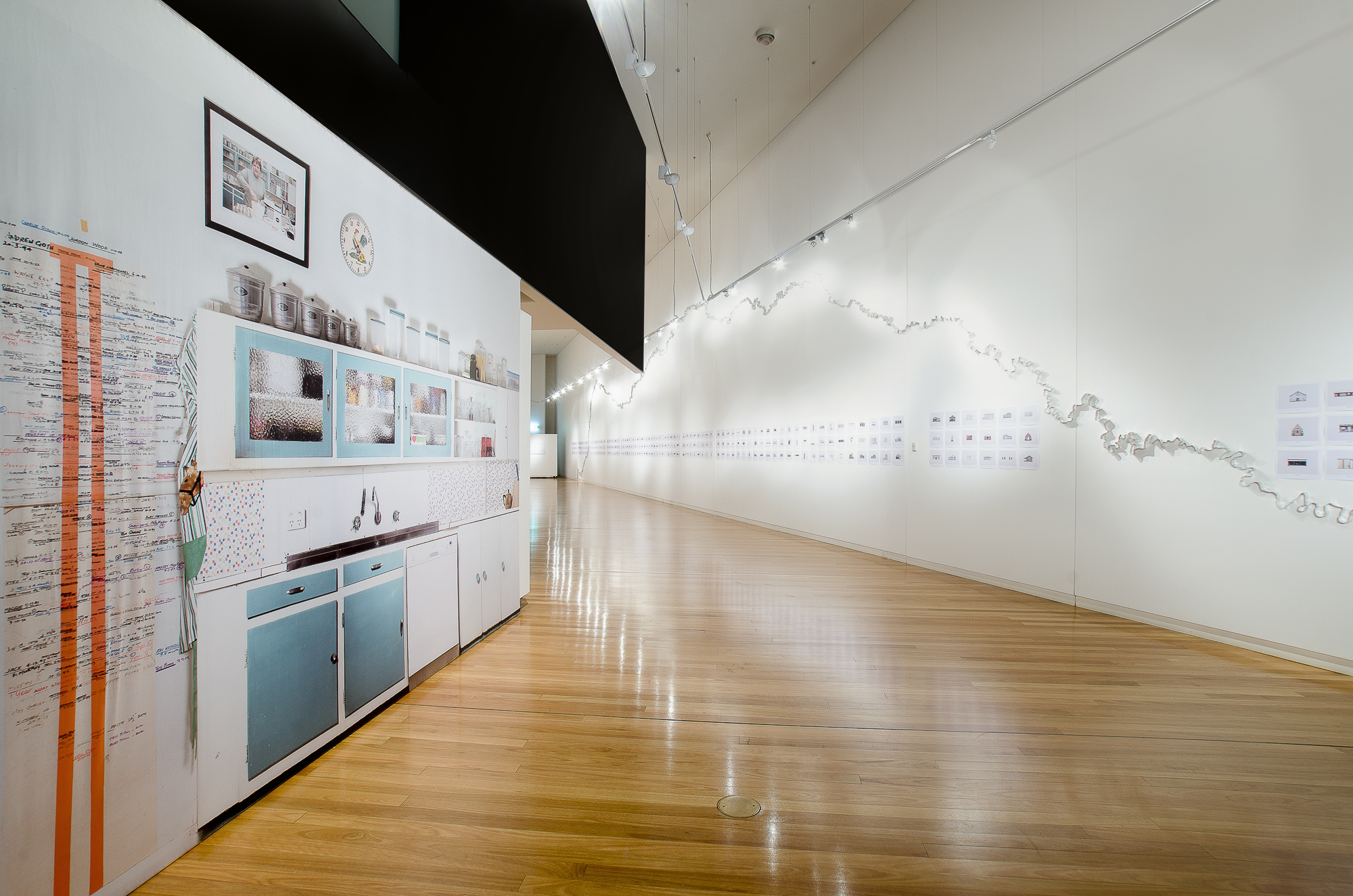
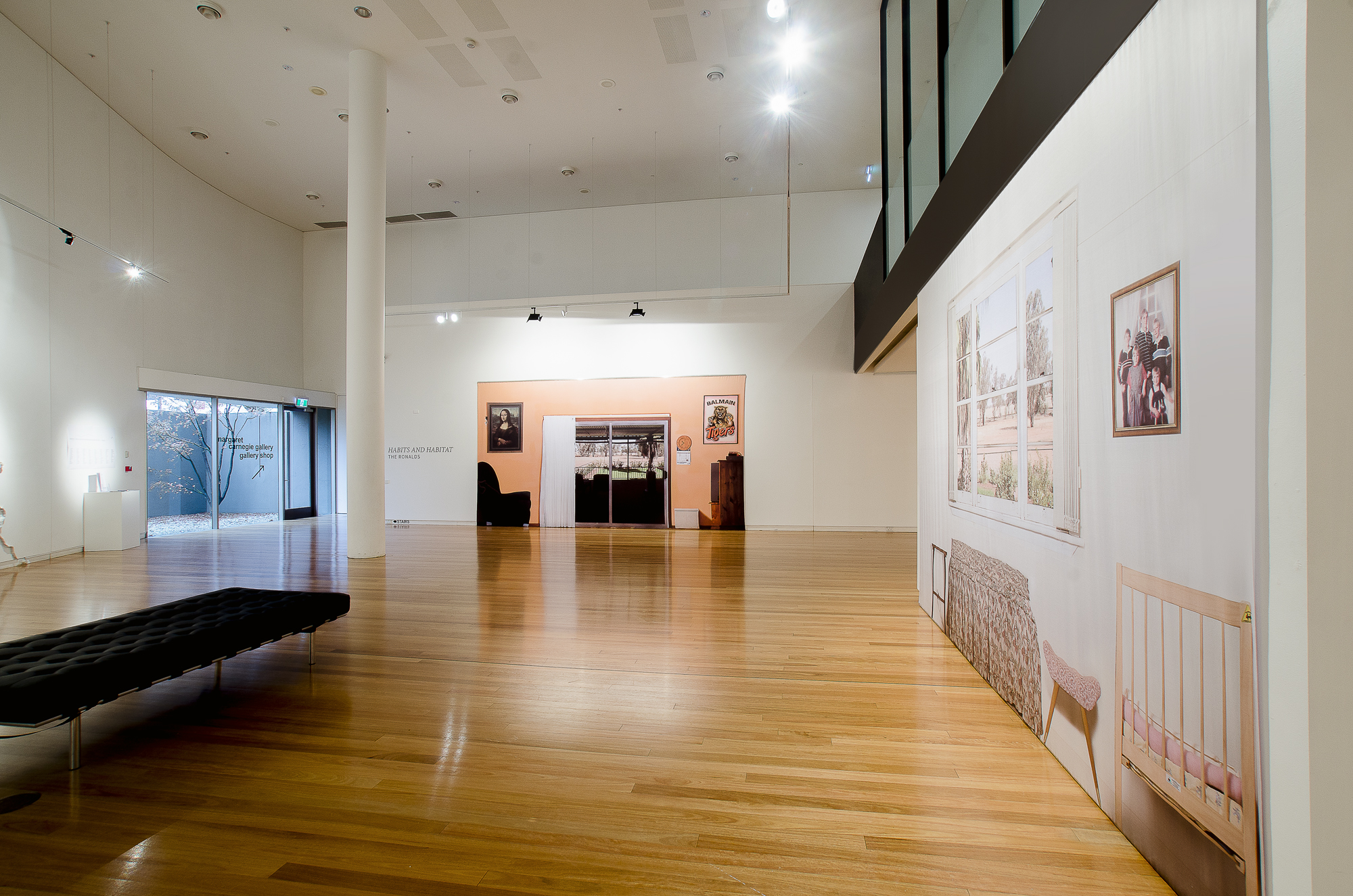
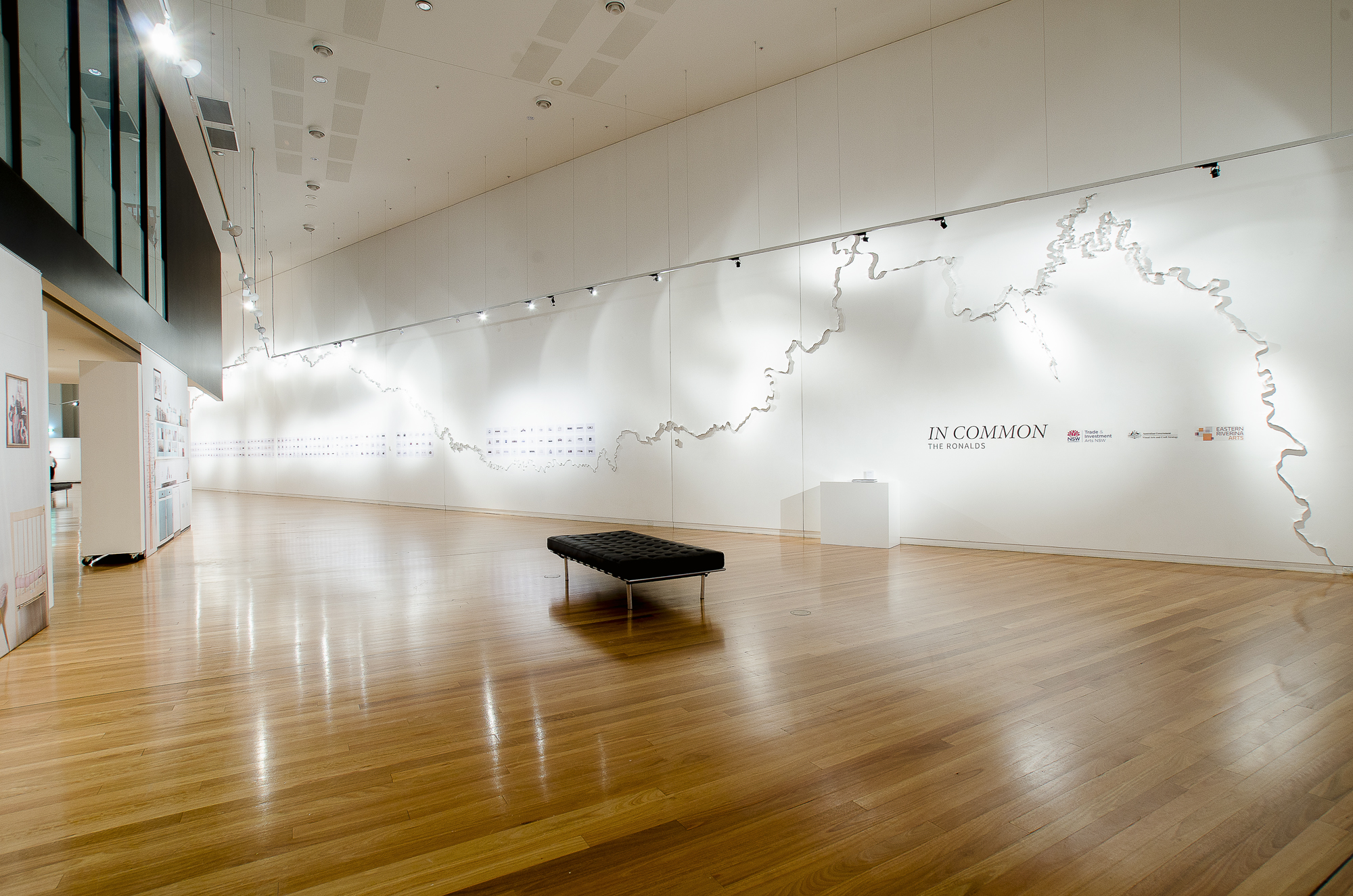
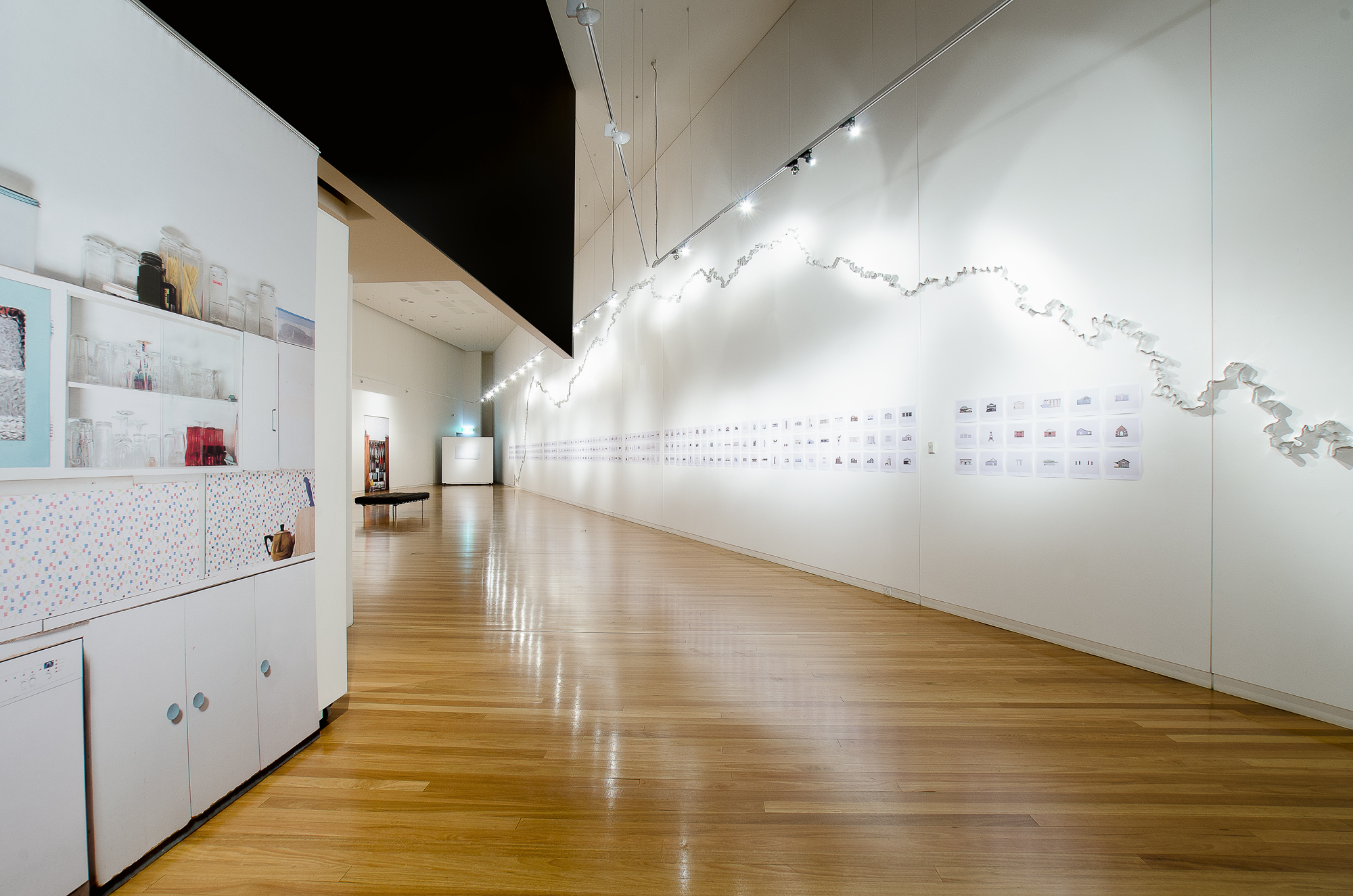
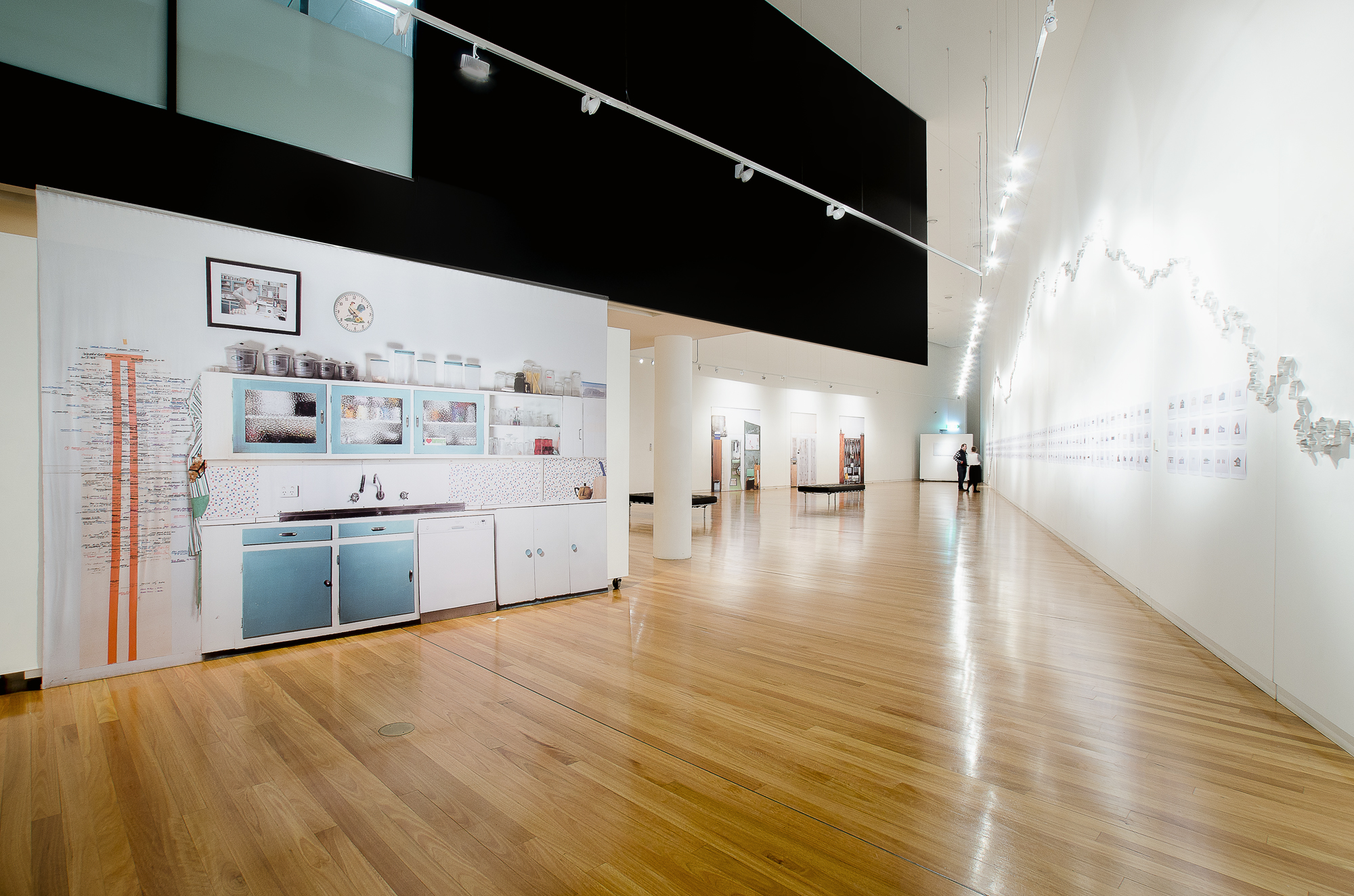
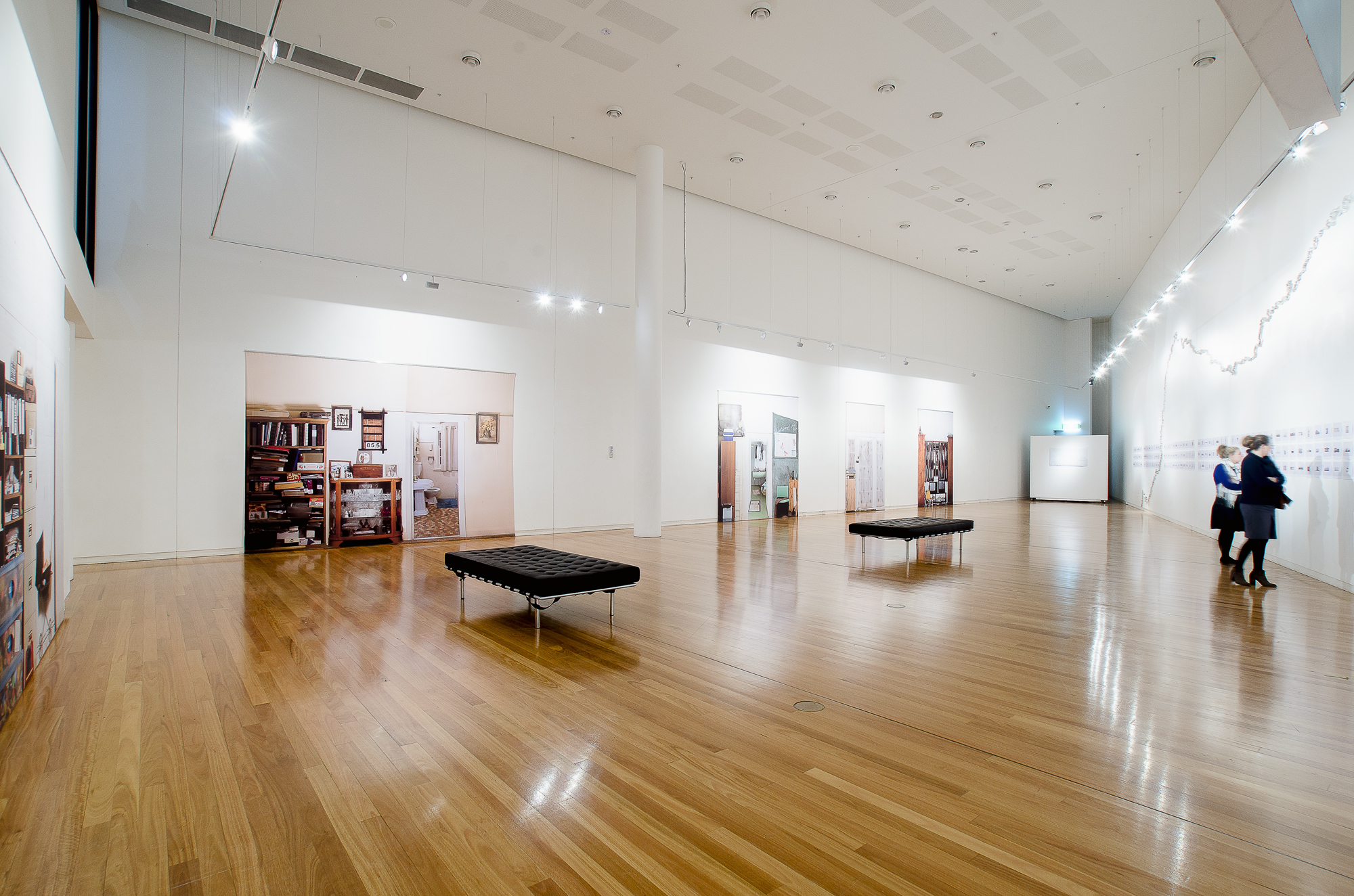
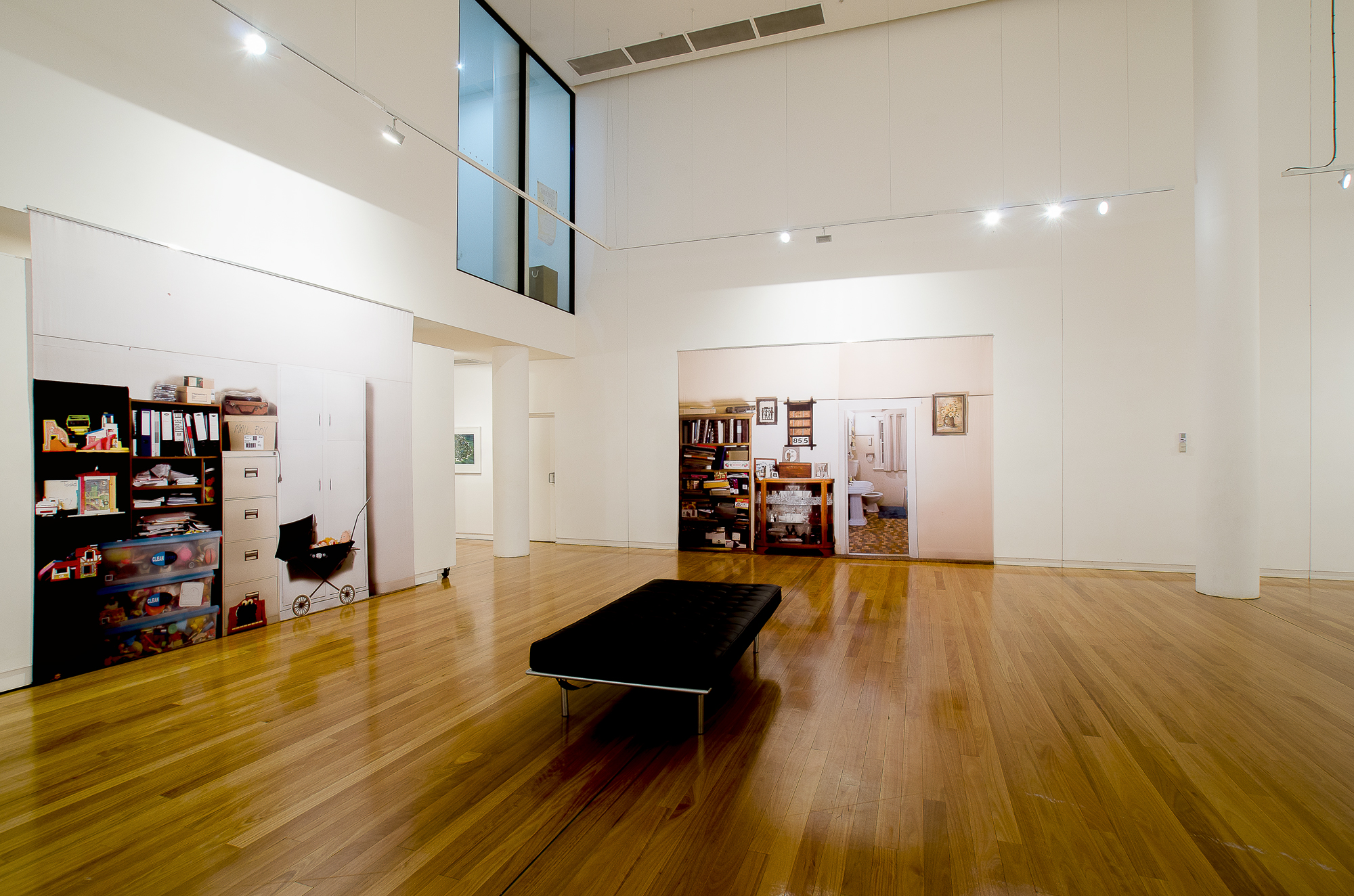
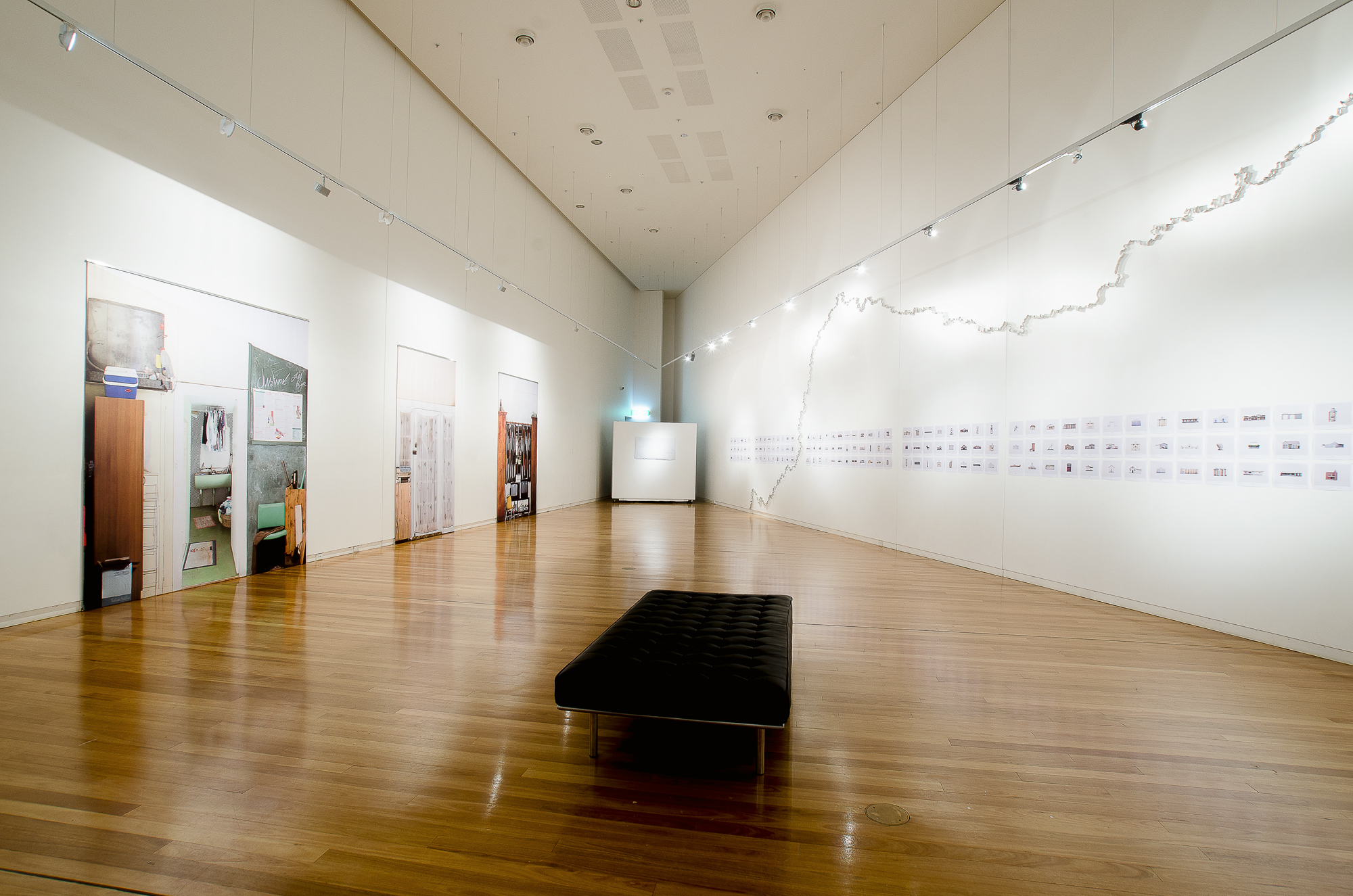

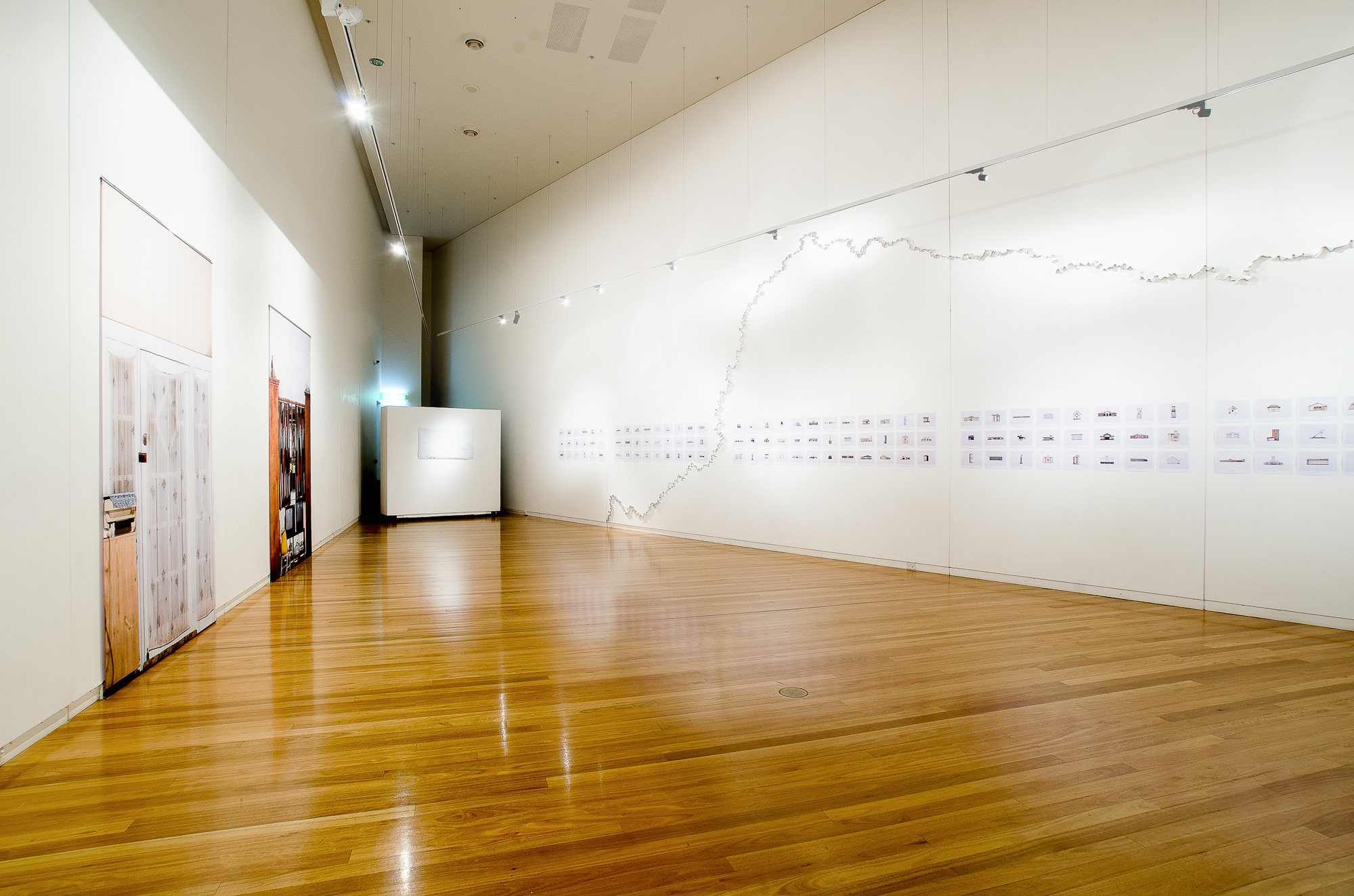
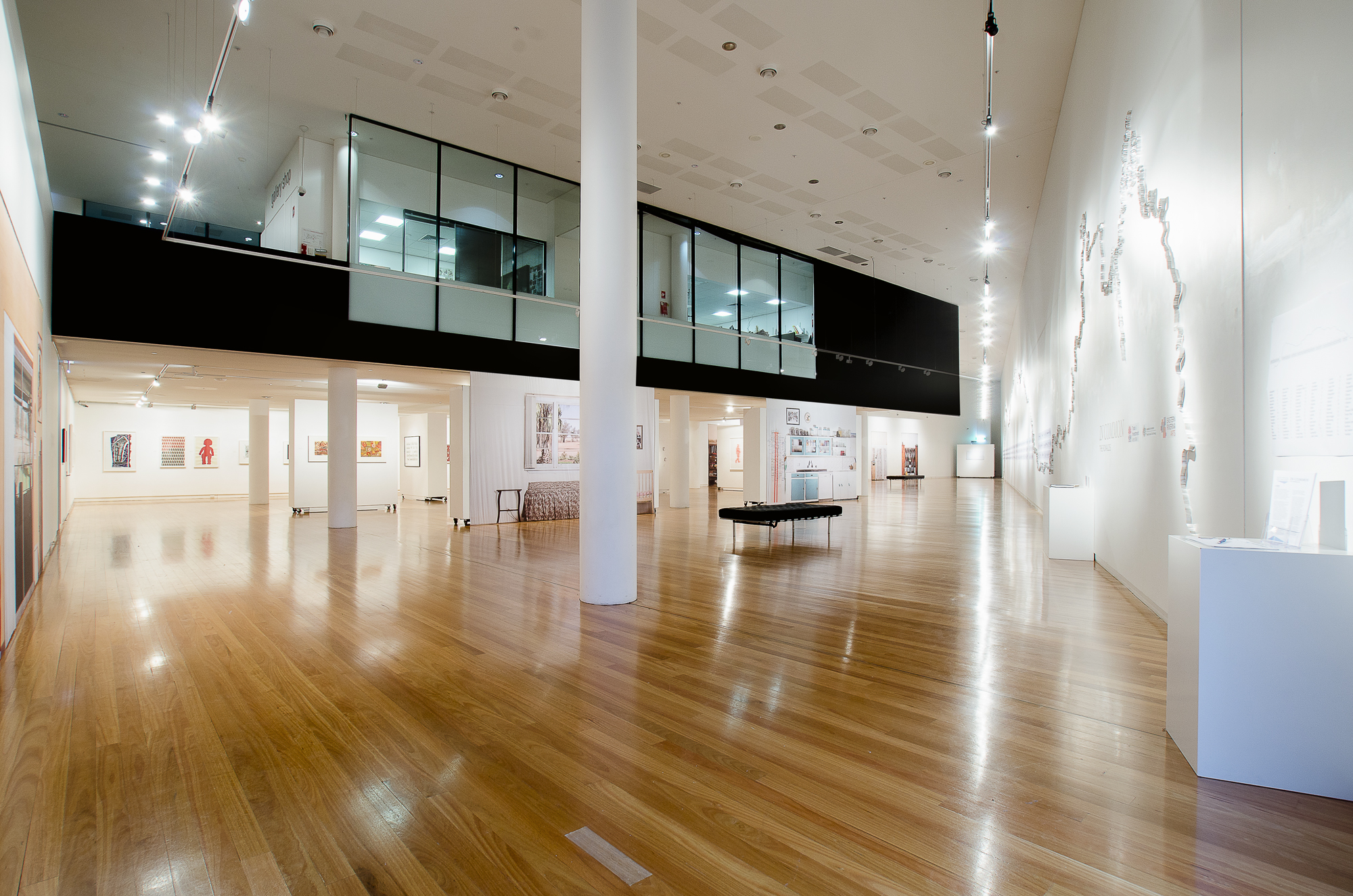
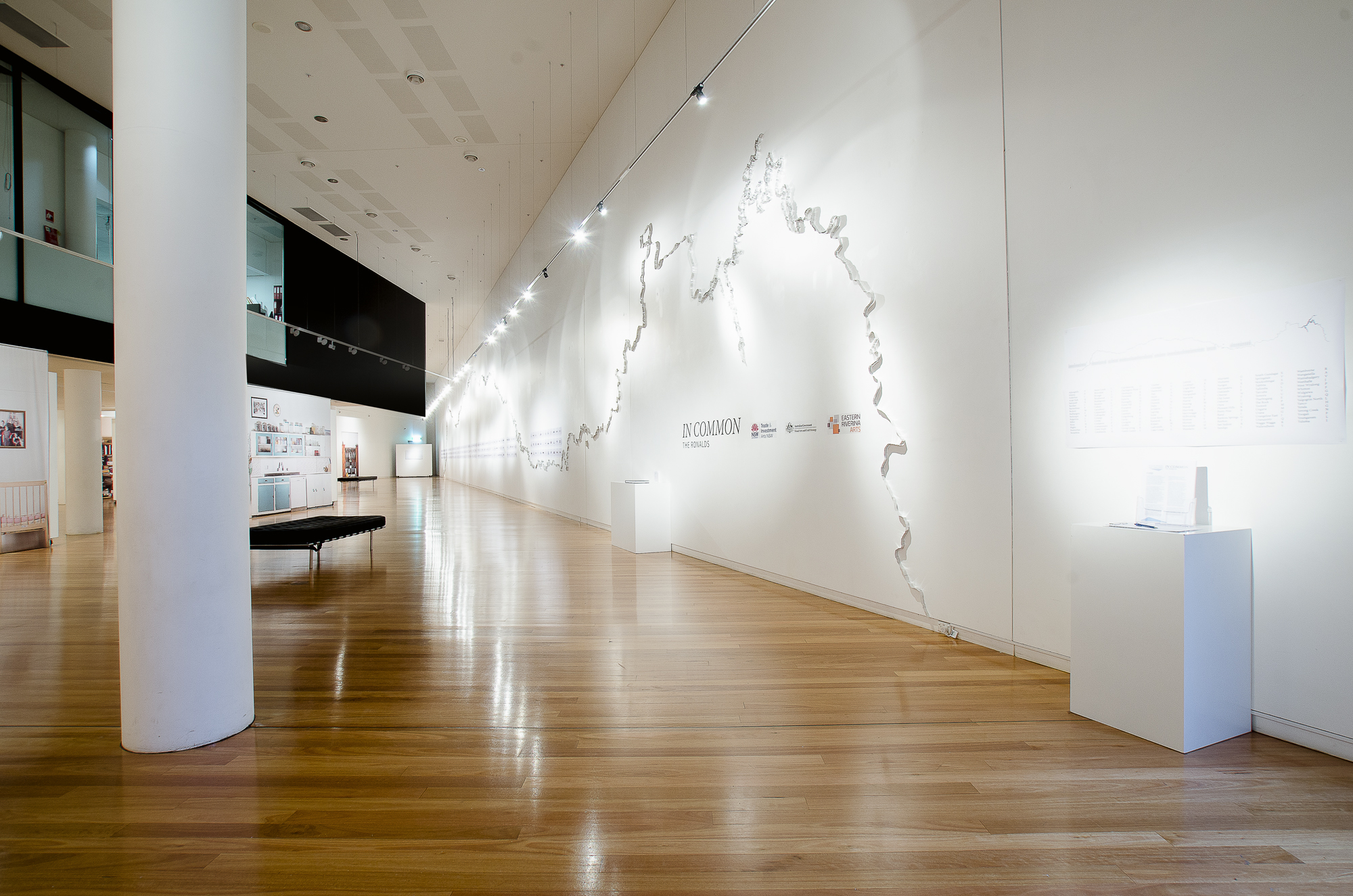
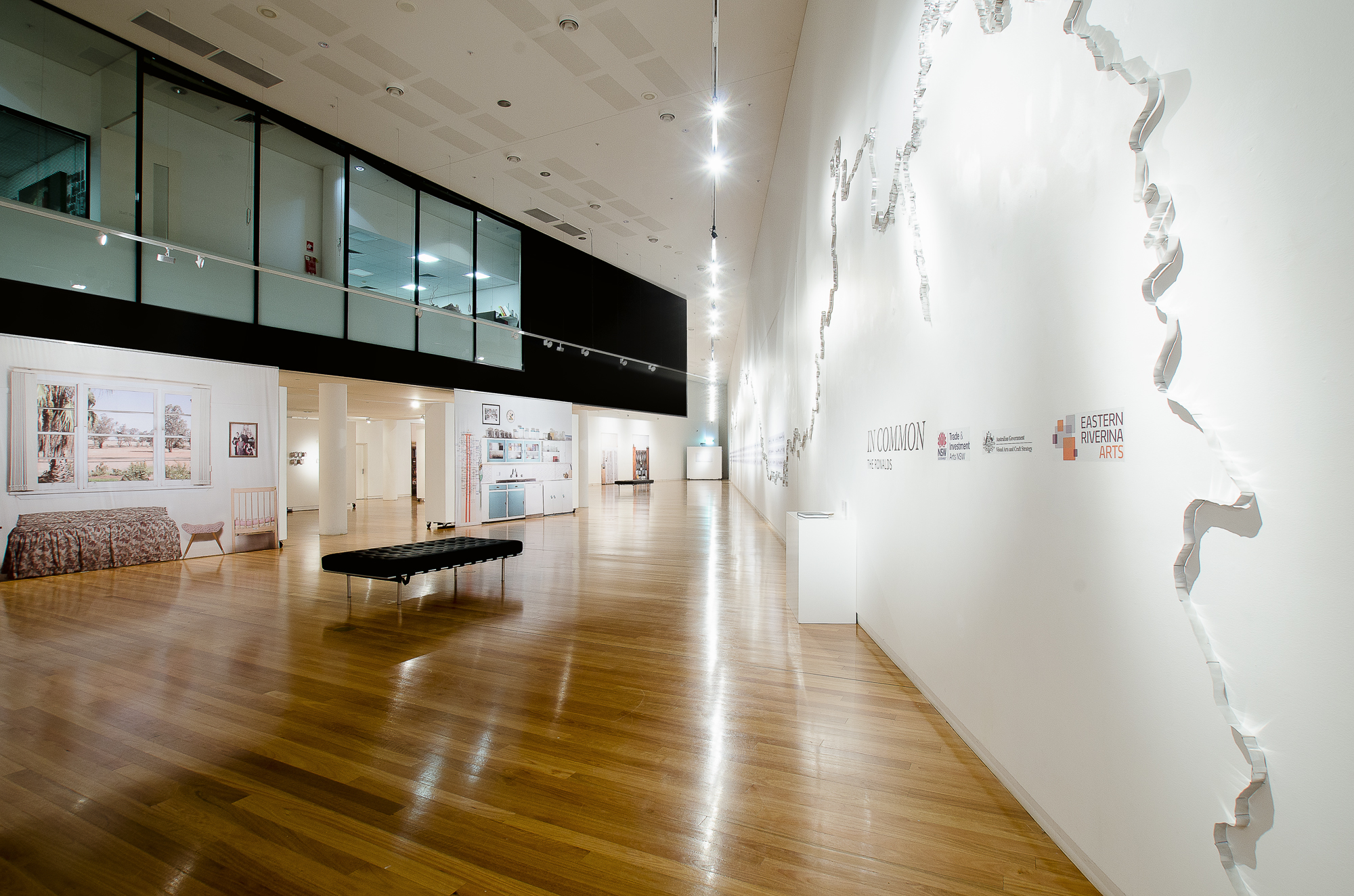
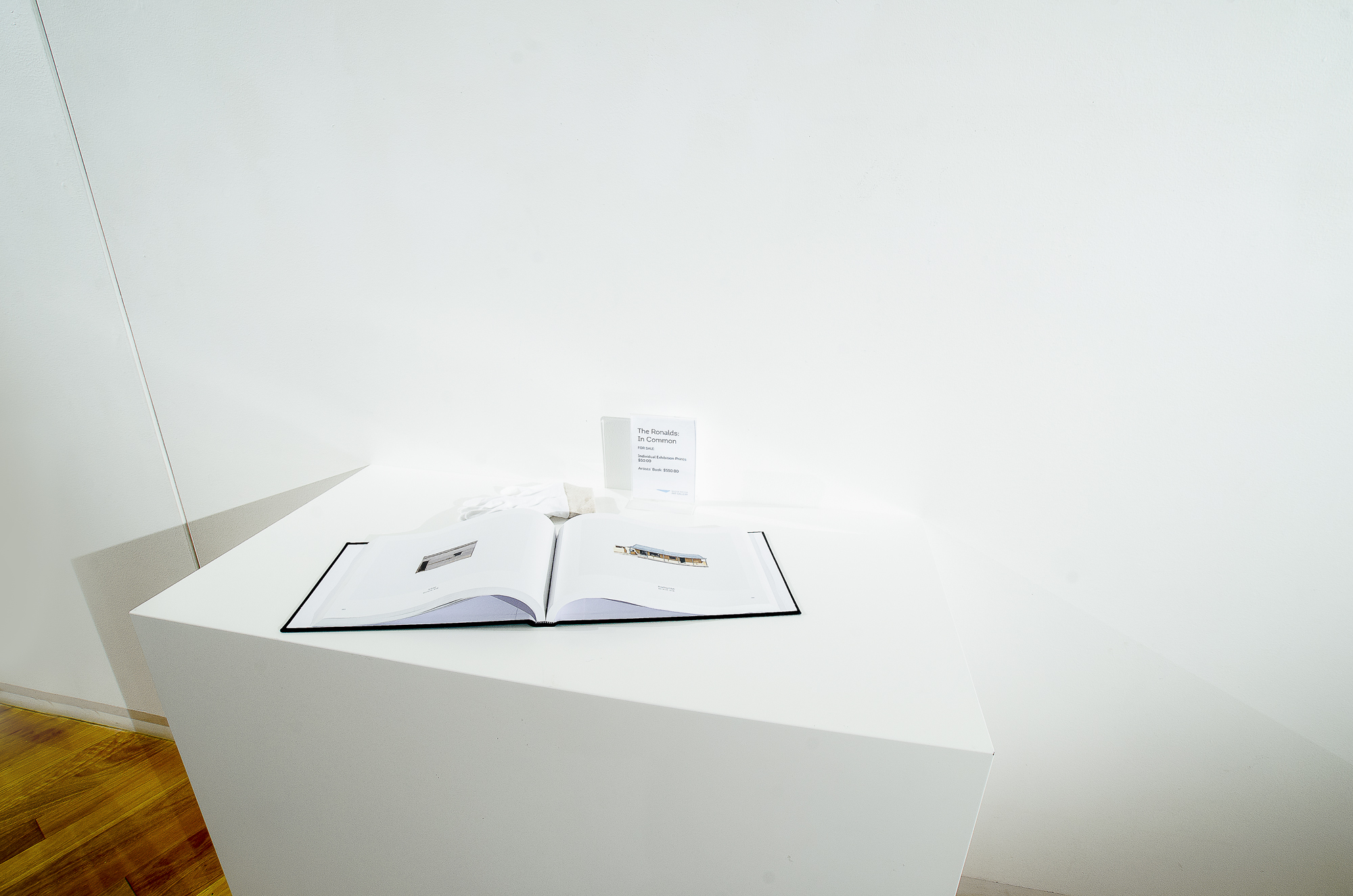
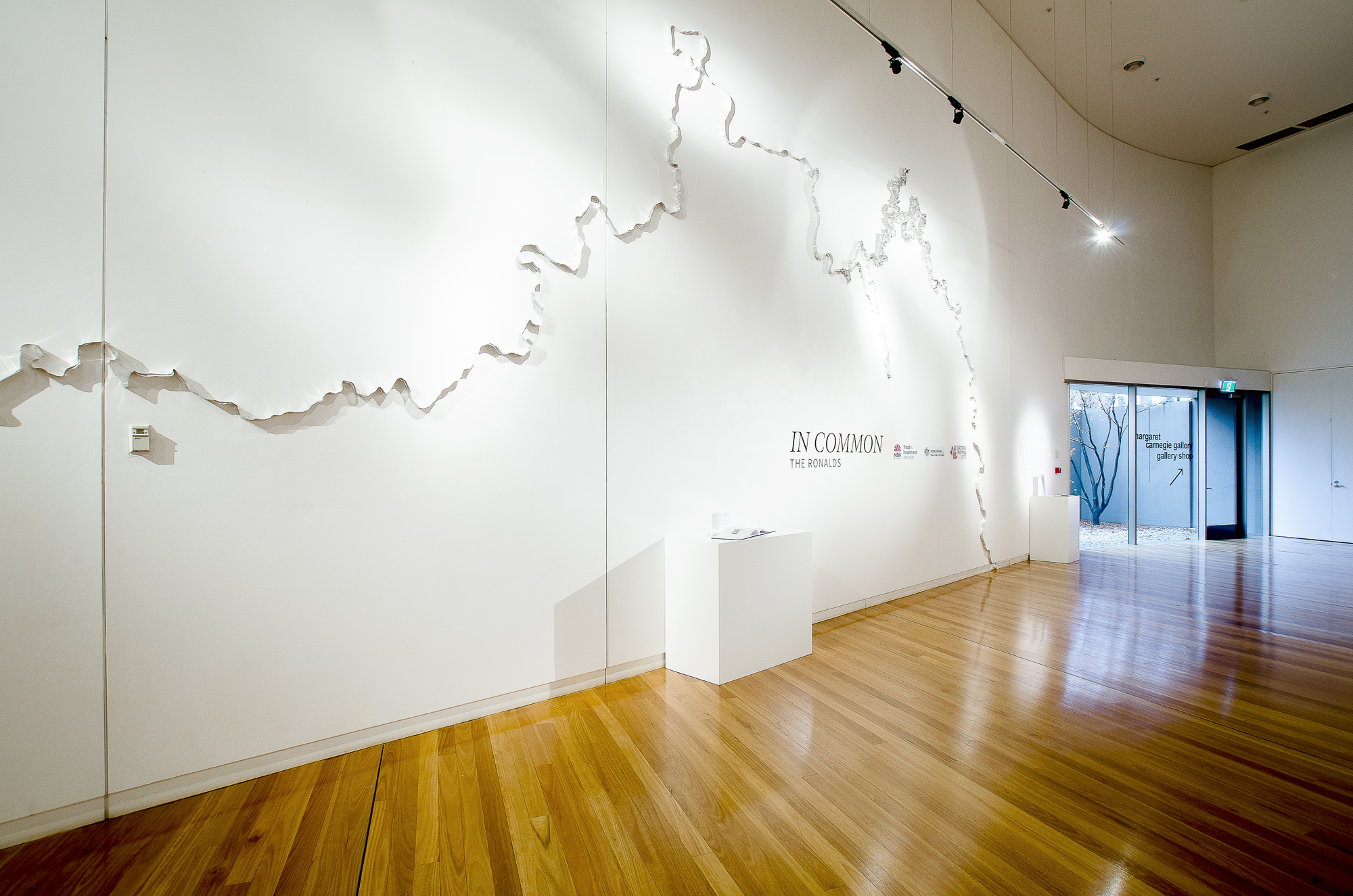
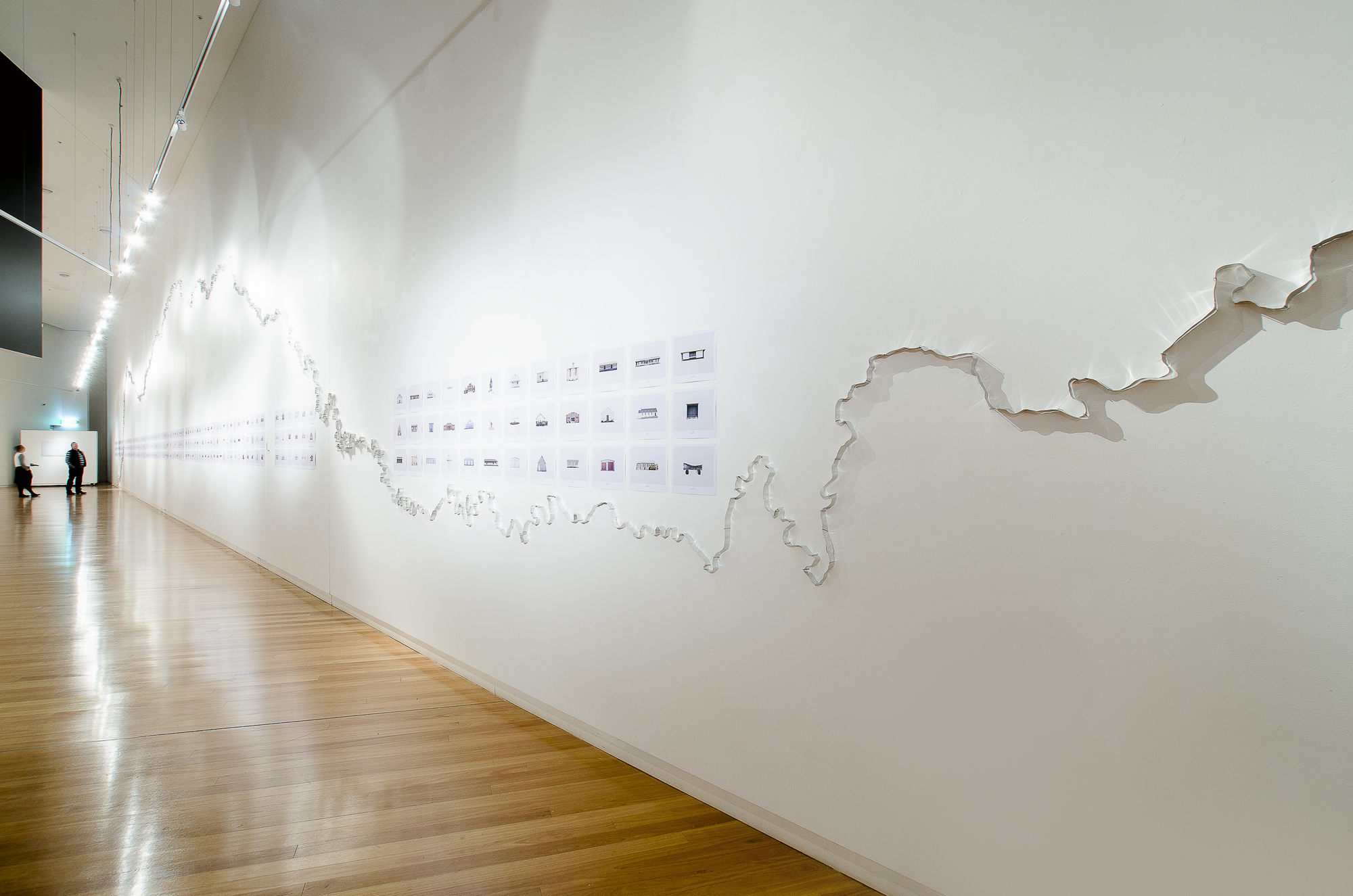
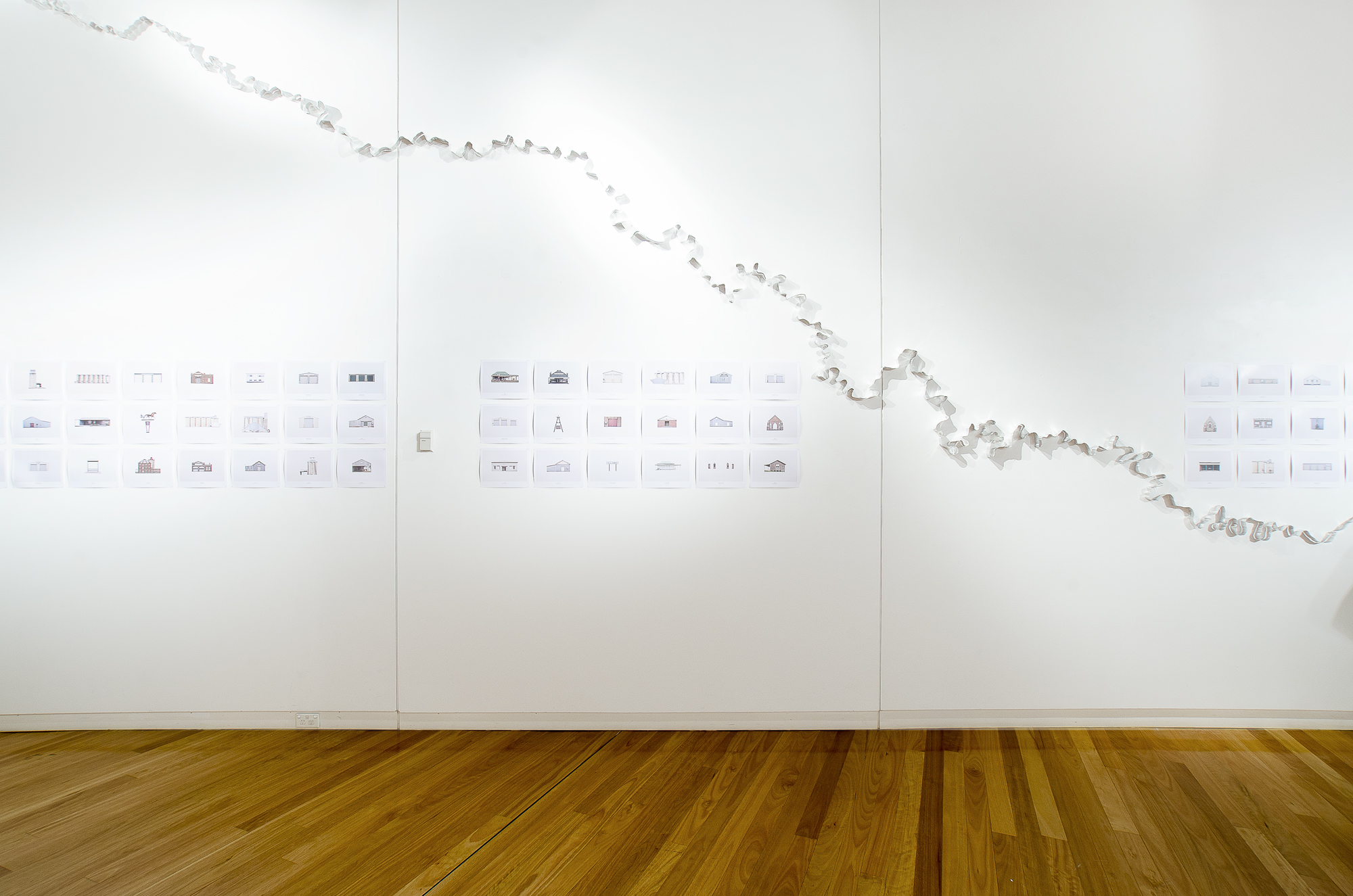
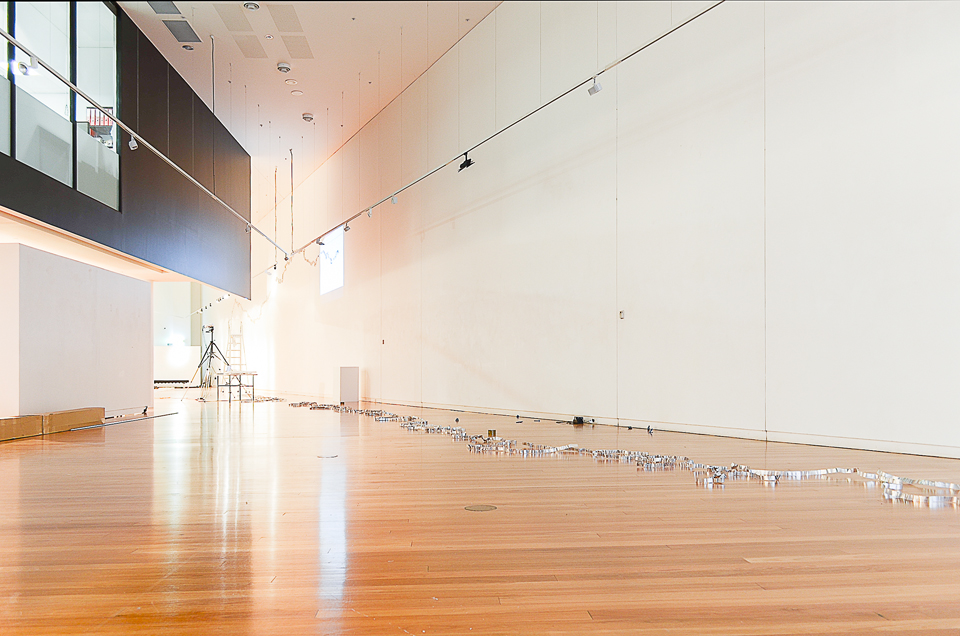
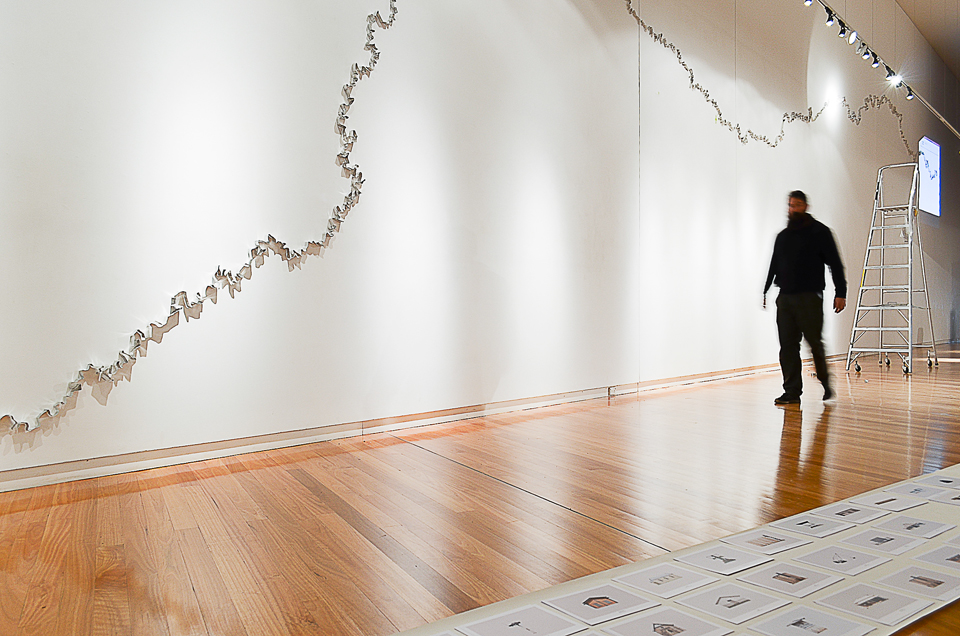
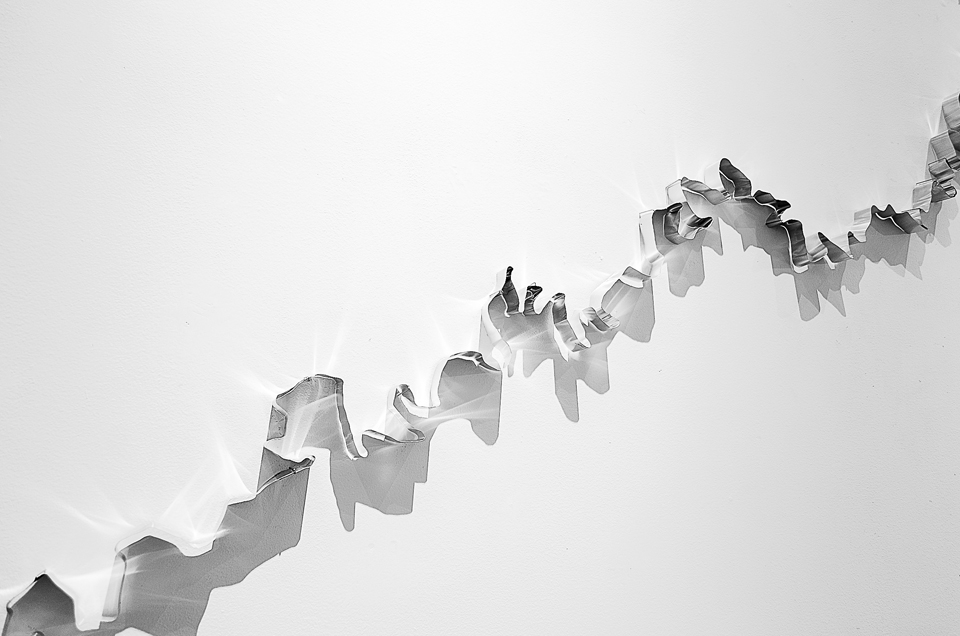
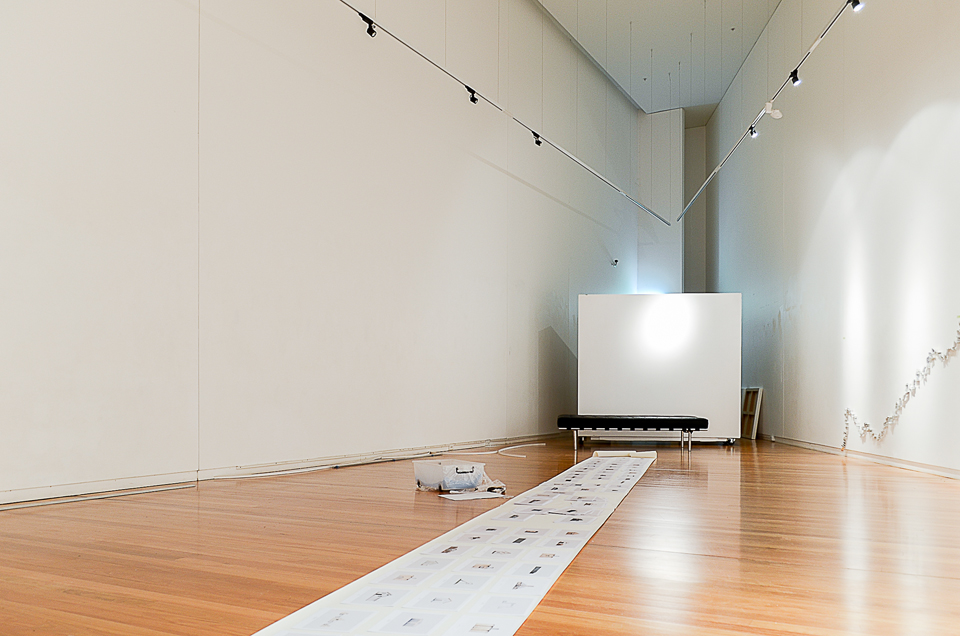
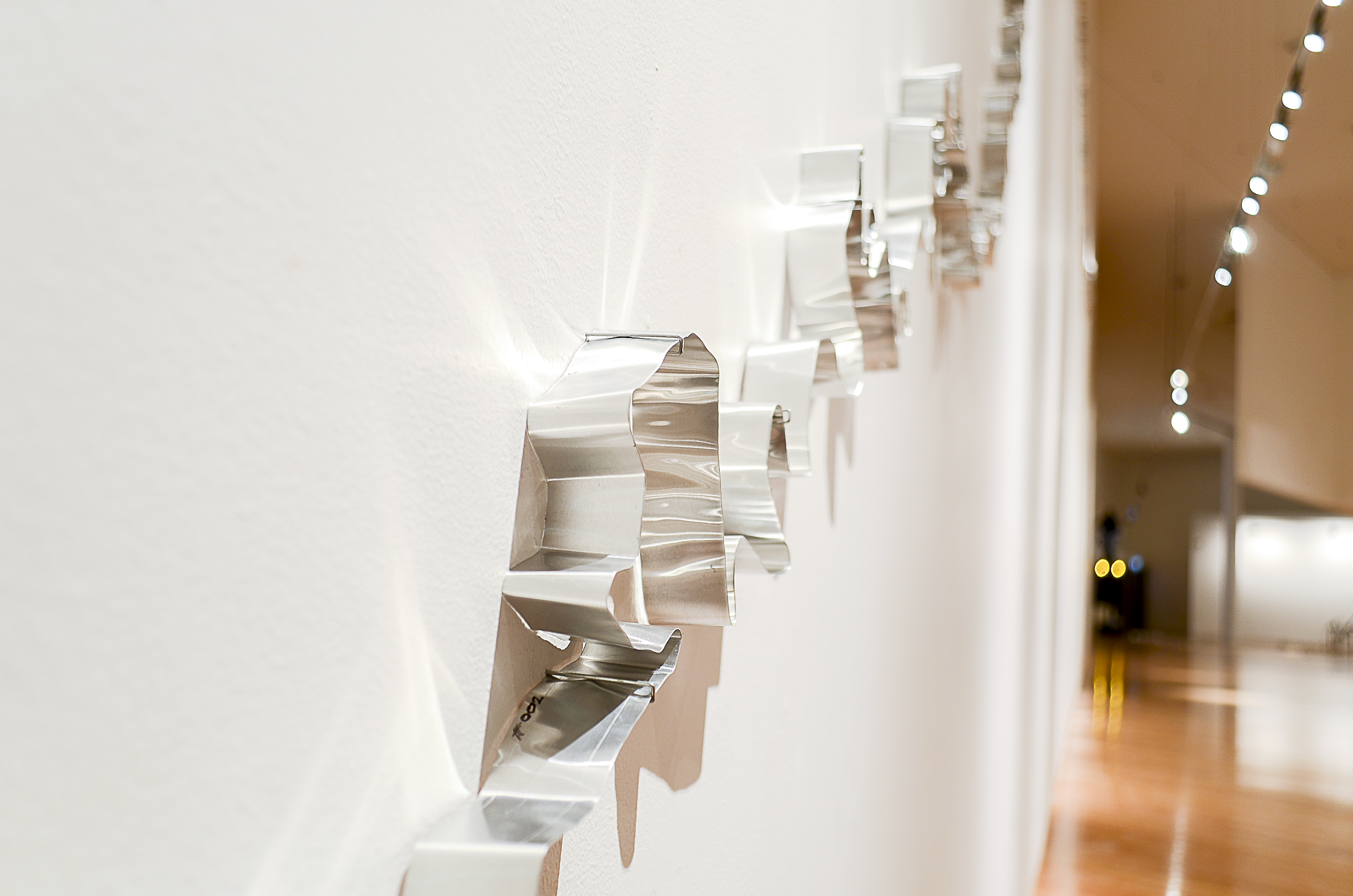
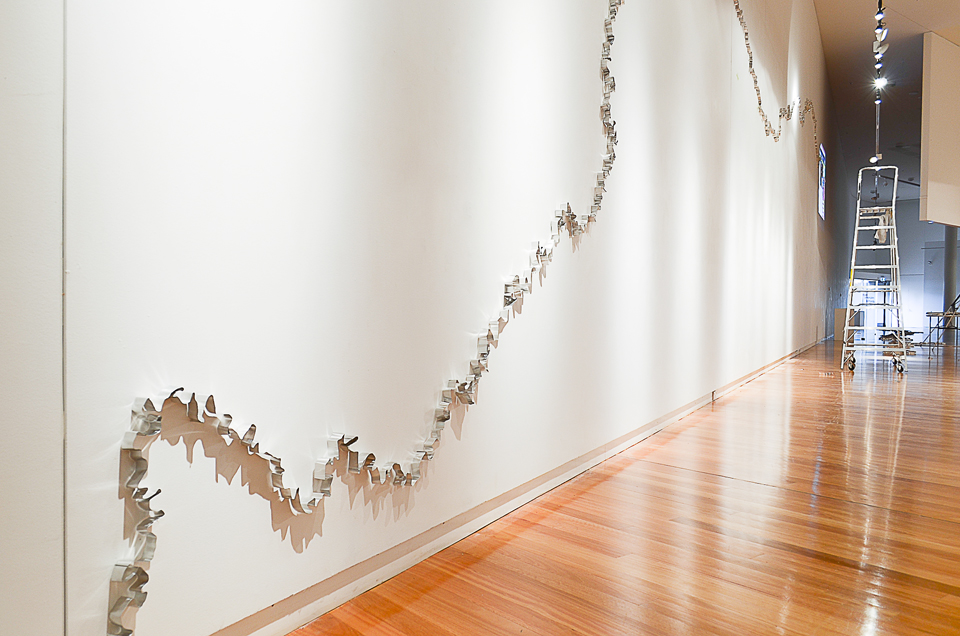
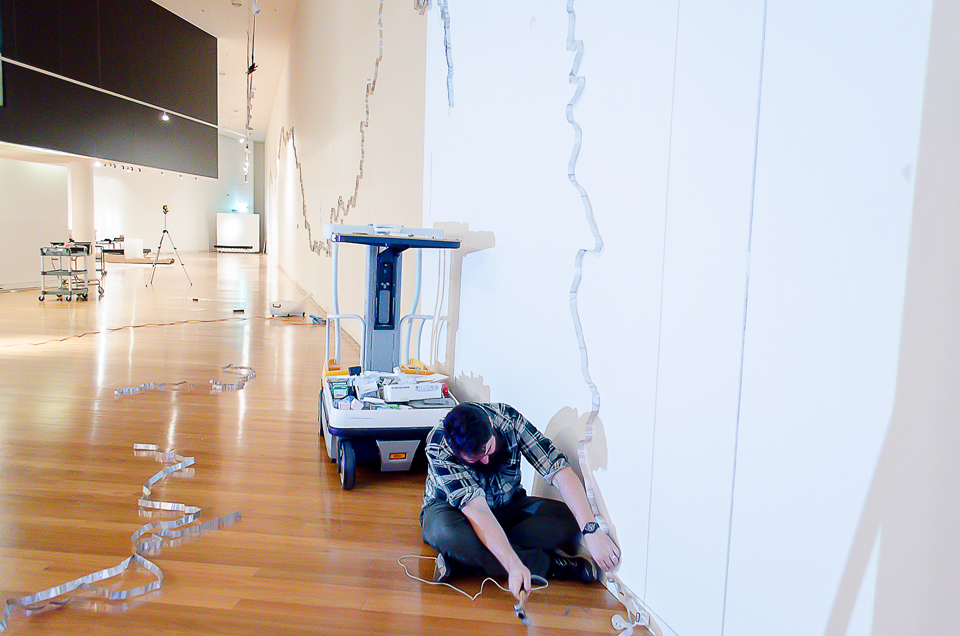
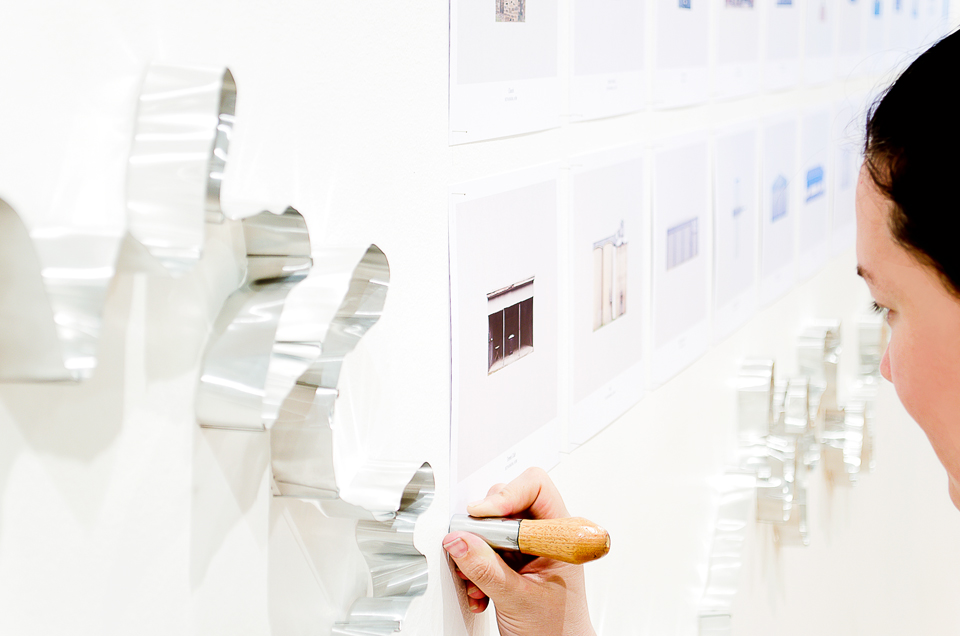

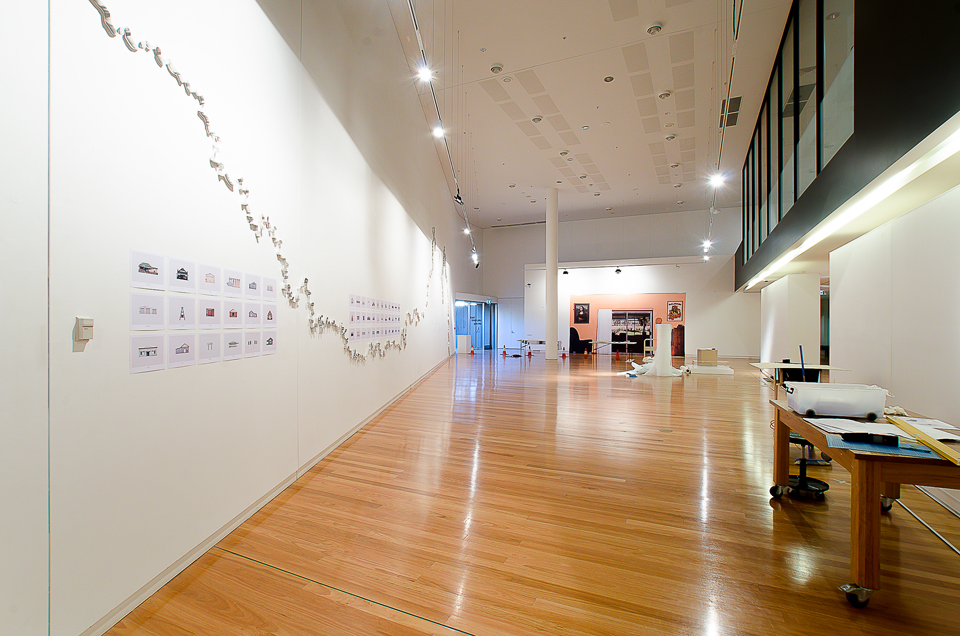
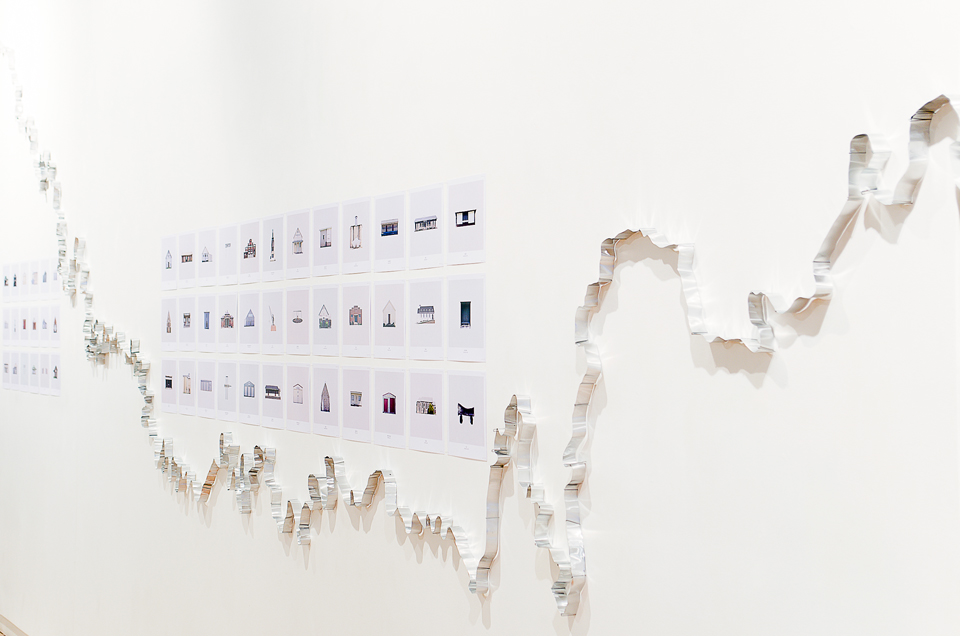
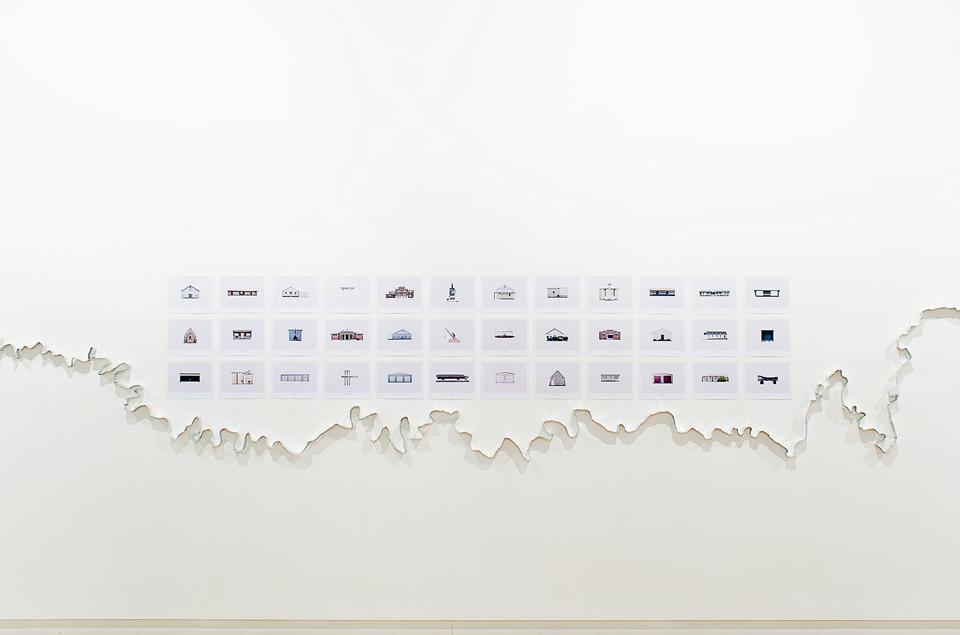
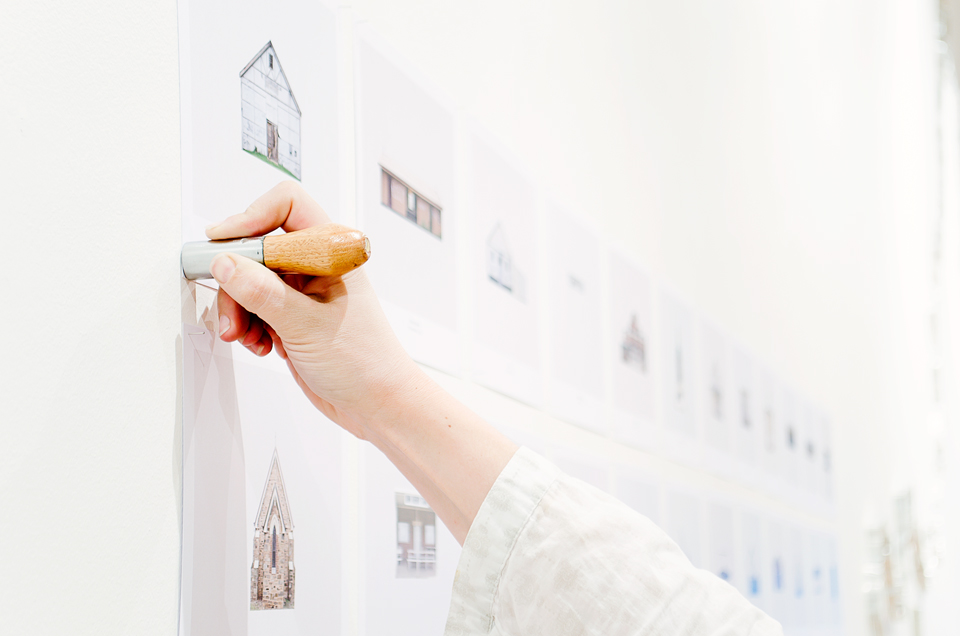
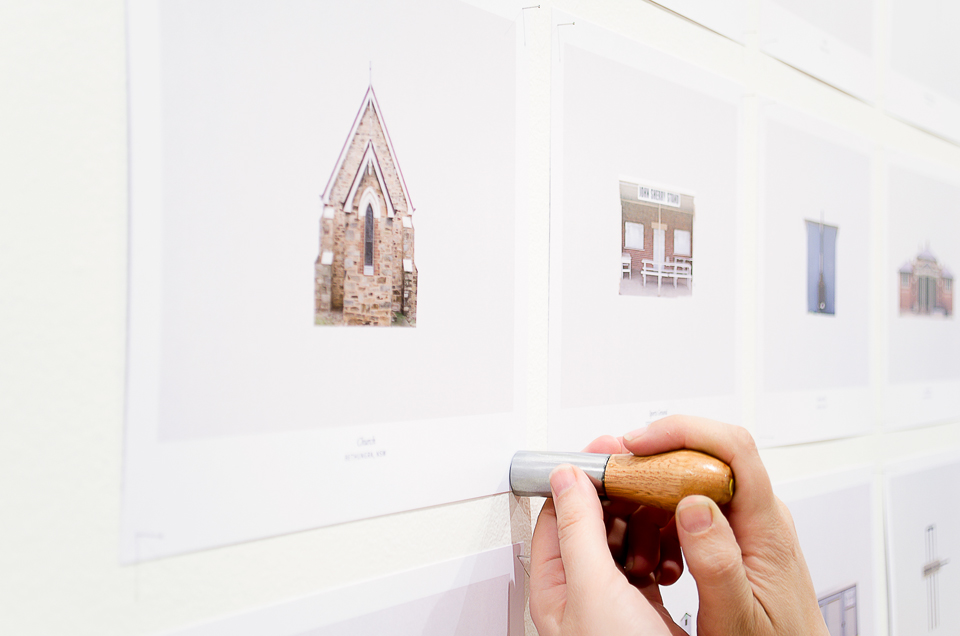
Share your thoughts